Peanuts in Japanese cuisine hold a unique and significant place, adding a delicious touch to various dishes and snacks. Exploring the rich history, cultural significance, and culinary versatility of peanuts in Japanese cuisine reveals a fascinating world of flavors and textures that have captivated both locals and international food enthusiasts. From traditional recipes to modern interpretations, peanuts continue to be a beloved ingredient that brings depth and richness to many dishes. The peanut, known as “raachi-natto” (ラーチナッツ) in Japanese, has been a part of Japanese culinary traditions for centuries. Widely used in both savory and sweet dishes, peanuts contribute a distinct nutty flavor and crunchy texture that enhances the overall dining experience. In Japanese cuisine, peanuts are often enjoyed roasted or as peanut butter, offering a range of textures from crunchy to creamy. One of the most popular ways to enjoy peanuts in Japanese cuisine is as a topping for dishes such as salads, noodle dishes, and rice bowls. Roasted peanuts add a delightful crunch and rich flavor, complementing the other ingredients in the dish. For example, Gomoku Somen, a cold noodle dish topped with a variety of colorful vegetables, is often garnished with crushed peanuts for added texture and flavor. In addition to being used as a topping, peanuts are also a key ingredient in many Japanese recipes.
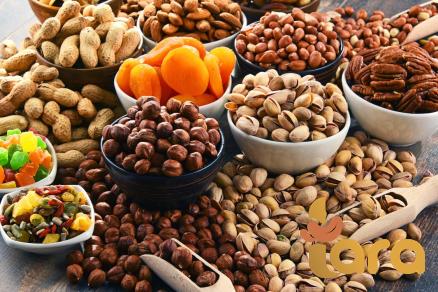
.
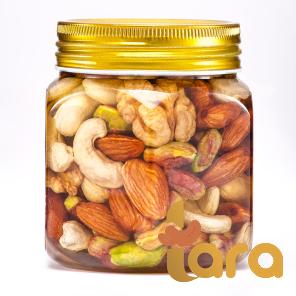 One classic dish that features peanuts prominently is “Gomaae,” a traditional side dish made with boiled spinach or green beans dressed in a sweet and savory sesame sauce. Peanuts are often included in the sauce, providing a nutty undertone that balances the flavors of the dish. The combination of sesame and peanut flavors creates a harmonious blend that is both satisfying and delicious. Peanuts are not only used in savory dishes but also in desserts and snacks in Japanese cuisine. Peanut mochi, a chewy rice cake filled with sweetened peanut paste, is a popular treat enjoyed during special occasions and festivals. The creamy and nutty filling pairs perfectly with the soft and sticky texture of the mochi, creating a delightful contrast of flavors and textures. Another beloved peanut snack in Japan is “ikari mame,” which are roasted and salted peanuts often enjoyed with a cold drink. These crunchy and savory peanuts are a favorite accompaniment to beer, sake, or tea, providing a satisfying crunch and salty kick that elevates the drinking experience. The simple yet indulgent flavor of roasted peanuts makes them a go-to snack for both casual gatherings and formal events. In recent years, peanuts have also found their way into modern Japanese cuisine, with chefs incorporating them into innovative dishes that showcase the versatility of this humble ingredient. Peanut ramen, for example, is a creative take on the traditional noodle soup, where a rich and nutty peanut broth is paired with springy noodles and a colorful array of toppings. The creamy peanut broth adds depth and complexity to the dish, creating a unique flavor profile that surprises and delights diners. Furthermore, peanuts are a staple ingredient in homemade Japanese snacks such as “arare,” bite-sized rice crackers coated in a savory soy sauce glaze and mixed with peanuts.
One classic dish that features peanuts prominently is “Gomaae,” a traditional side dish made with boiled spinach or green beans dressed in a sweet and savory sesame sauce. Peanuts are often included in the sauce, providing a nutty undertone that balances the flavors of the dish. The combination of sesame and peanut flavors creates a harmonious blend that is both satisfying and delicious. Peanuts are not only used in savory dishes but also in desserts and snacks in Japanese cuisine. Peanut mochi, a chewy rice cake filled with sweetened peanut paste, is a popular treat enjoyed during special occasions and festivals. The creamy and nutty filling pairs perfectly with the soft and sticky texture of the mochi, creating a delightful contrast of flavors and textures. Another beloved peanut snack in Japan is “ikari mame,” which are roasted and salted peanuts often enjoyed with a cold drink. These crunchy and savory peanuts are a favorite accompaniment to beer, sake, or tea, providing a satisfying crunch and salty kick that elevates the drinking experience. The simple yet indulgent flavor of roasted peanuts makes them a go-to snack for both casual gatherings and formal events. In recent years, peanuts have also found their way into modern Japanese cuisine, with chefs incorporating them into innovative dishes that showcase the versatility of this humble ingredient. Peanut ramen, for example, is a creative take on the traditional noodle soup, where a rich and nutty peanut broth is paired with springy noodles and a colorful array of toppings. The creamy peanut broth adds depth and complexity to the dish, creating a unique flavor profile that surprises and delights diners. Furthermore, peanuts are a staple ingredient in homemade Japanese snacks such as “arare,” bite-sized rice crackers coated in a savory soy sauce glaze and mixed with peanuts.
..
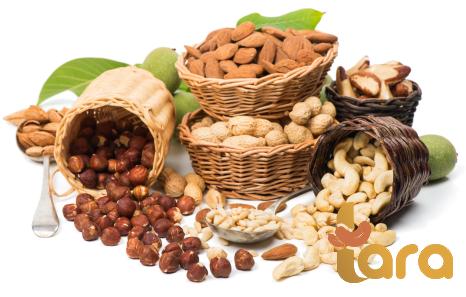 This addictive snack is popular for its crunchy texture and umami-rich flavor, making it an ideal choice for munching on the go or enjoying as a light snack between meals. Overall, peanuts play a vital role in Japanese cuisine, bringing a depth of flavor and texture to a wide range of dishes and snacks. Whether enjoyed in traditional recipes or modern interpretations, the nutty and versatile nature of peanuts adds a unique touch to Japanese culinary experiences. From savory dishes to sweet treats, peanuts continue to be a beloved ingredient that captivates the taste buds and leaves a lasting impression on those who savor its delicious flavors. The cultural significance of peanuts in Japanese cuisine goes beyond their culinary applications. Peanuts have also been a symbol of prosperity and good luck in Japanese culture. In traditional Japanese folklore, peanuts are believed to bring fortune and abundance, making them a popular ingredient in celebratory dishes served during festivals and special occasions. During the New Year celebrations in Japan, peanuts are often included in “osechi,” a special assortment of dishes prepared to mark the beginning of the new year. Peanuts represent longevity and prosperity in Japanese culture, symbolizing wishes for a fruitful and successful year ahead. From sweet peanut snacks to savory peanut-infused dishes, every element of the osechi meal is carefully chosen to bring luck and happiness to the household. In addition to their cultural symbolism, peanuts are also valued for their nutritional benefits in Japanese cuisine. Peanuts are rich in protein, fiber, and essential nutrients, making them a healthy and satisfying ingredient to incorporate into everyday meals. Whether enjoyed as a snack, topping, or main ingredient, peanuts provide a source of energy and nourishment that is appreciated by health-conscious individuals seeking a balanced diet. The versatility of peanuts in Japanese cuisine extends to their use in cooking oils and condiments.
This addictive snack is popular for its crunchy texture and umami-rich flavor, making it an ideal choice for munching on the go or enjoying as a light snack between meals. Overall, peanuts play a vital role in Japanese cuisine, bringing a depth of flavor and texture to a wide range of dishes and snacks. Whether enjoyed in traditional recipes or modern interpretations, the nutty and versatile nature of peanuts adds a unique touch to Japanese culinary experiences. From savory dishes to sweet treats, peanuts continue to be a beloved ingredient that captivates the taste buds and leaves a lasting impression on those who savor its delicious flavors. The cultural significance of peanuts in Japanese cuisine goes beyond their culinary applications. Peanuts have also been a symbol of prosperity and good luck in Japanese culture. In traditional Japanese folklore, peanuts are believed to bring fortune and abundance, making them a popular ingredient in celebratory dishes served during festivals and special occasions. During the New Year celebrations in Japan, peanuts are often included in “osechi,” a special assortment of dishes prepared to mark the beginning of the new year. Peanuts represent longevity and prosperity in Japanese culture, symbolizing wishes for a fruitful and successful year ahead. From sweet peanut snacks to savory peanut-infused dishes, every element of the osechi meal is carefully chosen to bring luck and happiness to the household. In addition to their cultural symbolism, peanuts are also valued for their nutritional benefits in Japanese cuisine. Peanuts are rich in protein, fiber, and essential nutrients, making them a healthy and satisfying ingredient to incorporate into everyday meals. Whether enjoyed as a snack, topping, or main ingredient, peanuts provide a source of energy and nourishment that is appreciated by health-conscious individuals seeking a balanced diet. The versatility of peanuts in Japanese cuisine extends to their use in cooking oils and condiments.
…
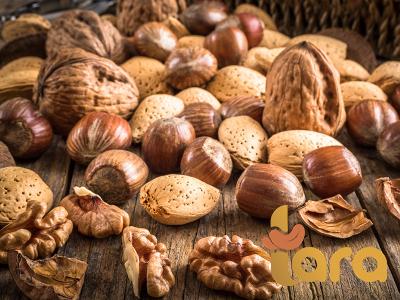 Peanut oil, known as “pi-natsu oil” (ピーナッツオイル) in Japanese, is commonly used in stir-frying and deep-frying due to its high smoke point and neutral flavor. The light and nutty aroma of peanut oil enhances the overall taste of dishes, creating a delightful depth of flavor that is characteristic of Japanese cuisine. Furthermore, peanut butter has become increasingly popular in Japan, with many households incorporating it into both sweet and savory recipes. Peanut butter toast, a simple yet satisfying breakfast option, has gained a cult following in Japan for its creamy texture and rich peanut flavor. Additionally, peanut butter cookies have become a favorite treat among both children and adults, showcasing the sweet and salty combination of peanuts and butter in a delightful bite-sized form. The influence of peanuts in Japanese cuisine also extends to fusion dishes that blend traditional Japanese flavors with global influences. Peanut chicken katsu, for example, combines the crispy and tender texture of breaded chicken cutlets with a creamy peanut sauce, creating a harmonious fusion of Japanese and Western culinary elements. The nutty and savory flavor of the peanut sauce adds a unique twist to the classic chicken katsu dish, appealing to those seeking a modern and innovative dining experience. In conclusion, peanuts in Japanese cuisine represent a harmonious blend of tradition, innovation, and cultural significance. From classic recipes to contemporary creations, peanuts continue to play a vital role in shaping the diverse and dynamic landscape of Japanese culinary traditions. Whether enjoyed in savory dishes, sweet treats, or condiments, the rich and nutty flavor of peanuts adds a distinct touch to Japanese cuisine that is beloved by locals and visitors alike. Exploring the world of peanuts in Japanese cuisine reveals a fascinating journey through history, culture, and gastronomy, where this humble ingredient shines as a versatile and beloved component of traditional and modern dishes. As you embark on your culinary exploration of Japanese cuisine, be sure to savor the unique flavors and textures that peanuts bring to the table, enriching your dining experience with their delicious and satisfying presence.
Peanut oil, known as “pi-natsu oil” (ピーナッツオイル) in Japanese, is commonly used in stir-frying and deep-frying due to its high smoke point and neutral flavor. The light and nutty aroma of peanut oil enhances the overall taste of dishes, creating a delightful depth of flavor that is characteristic of Japanese cuisine. Furthermore, peanut butter has become increasingly popular in Japan, with many households incorporating it into both sweet and savory recipes. Peanut butter toast, a simple yet satisfying breakfast option, has gained a cult following in Japan for its creamy texture and rich peanut flavor. Additionally, peanut butter cookies have become a favorite treat among both children and adults, showcasing the sweet and salty combination of peanuts and butter in a delightful bite-sized form. The influence of peanuts in Japanese cuisine also extends to fusion dishes that blend traditional Japanese flavors with global influences. Peanut chicken katsu, for example, combines the crispy and tender texture of breaded chicken cutlets with a creamy peanut sauce, creating a harmonious fusion of Japanese and Western culinary elements. The nutty and savory flavor of the peanut sauce adds a unique twist to the classic chicken katsu dish, appealing to those seeking a modern and innovative dining experience. In conclusion, peanuts in Japanese cuisine represent a harmonious blend of tradition, innovation, and cultural significance. From classic recipes to contemporary creations, peanuts continue to play a vital role in shaping the diverse and dynamic landscape of Japanese culinary traditions. Whether enjoyed in savory dishes, sweet treats, or condiments, the rich and nutty flavor of peanuts adds a distinct touch to Japanese cuisine that is beloved by locals and visitors alike. Exploring the world of peanuts in Japanese cuisine reveals a fascinating journey through history, culture, and gastronomy, where this humble ingredient shines as a versatile and beloved component of traditional and modern dishes. As you embark on your culinary exploration of Japanese cuisine, be sure to savor the unique flavors and textures that peanuts bring to the table, enriching your dining experience with their delicious and satisfying presence.

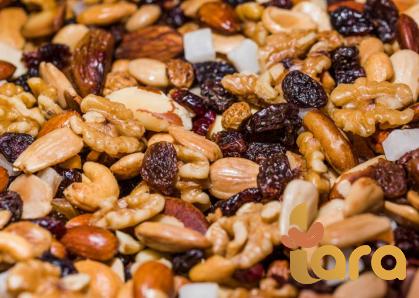
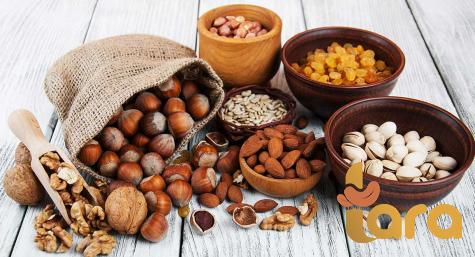
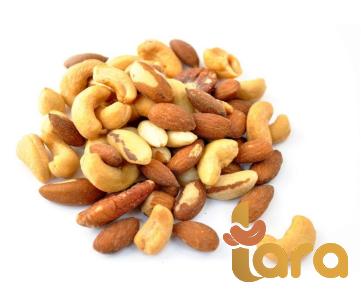
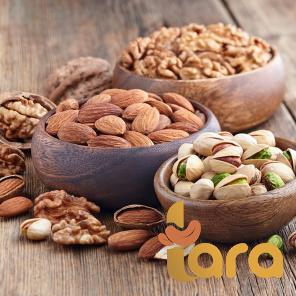
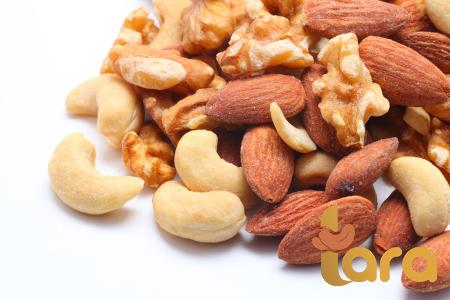
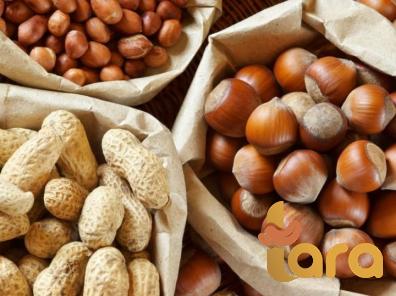
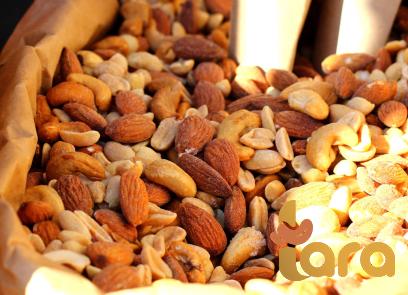
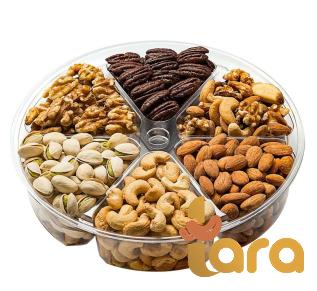
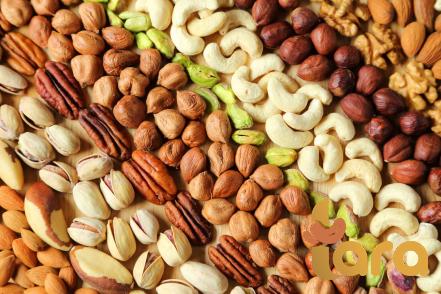
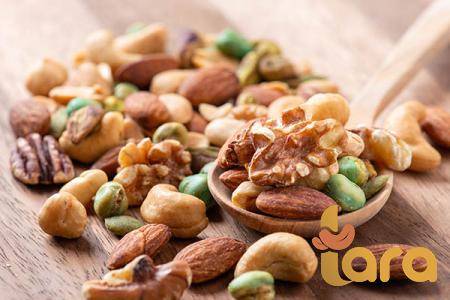
Your comment submitted.